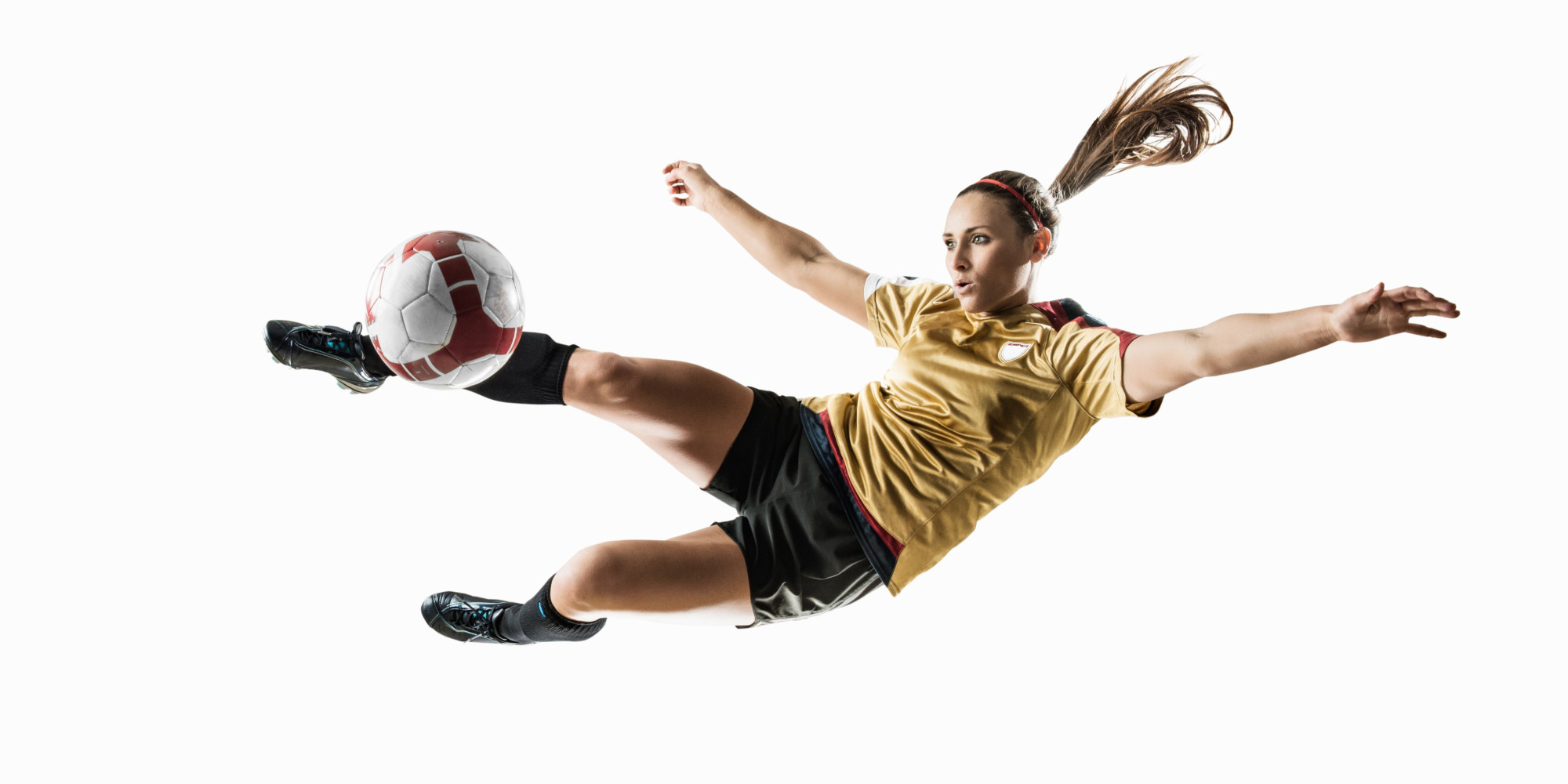What is the best training method for athletes? That is the million dollar question. From the four methods I’ve talked about, it can be hard choosing one for a particular athlete. Conjugate, concurrent, sequential, and 5:3:1 all have their advantages for different people, but also have their cons. Also, knowing when to use the method such as in off-season, in-season, or post-season is crucial to an athlete's performance.
 There is no doubt these methods can benefit you, but when it comes to sport specific training, there are times where the methods can hurt an athlete's performance. For example, using the 5:3:1 for a cross country runner will have little to no benefit for a cross country runner. However, using the 5:3:1 for strength development in football players during offseason can help produce bigger faster players.
There is no doubt these methods can benefit you, but when it comes to sport specific training, there are times where the methods can hurt an athlete's performance. For example, using the 5:3:1 for a cross country runner will have little to no benefit for a cross country runner. However, using the 5:3:1 for strength development in football players during offseason can help produce bigger faster players. In my opinion, the concurrent is the best method because it involves running. In the dictionary, an athlete is defined as a person trained or gifted in exercises or contests involving physical agility, stamina, or strength; a participant in a sport, exercise, or game requiring physical skill.2 Who’s to say you can’t add running into those other methods. Depending on what sport you play, should translate to what kind of cardio you do. If you are going to play football, you need short sprints. If you play basketball, you need tempo runs along with sprints.
In my opinion, the concurrent is the best method because it involves running. In the dictionary, an athlete is defined as a person trained or gifted in exercises or contests involving physical agility, stamina, or strength; a participant in a sport, exercise, or game requiring physical skill.2 Who’s to say you can’t add running into those other methods. Depending on what sport you play, should translate to what kind of cardio you do. If you are going to play football, you need short sprints. If you play basketball, you need tempo runs along with sprints.
I feel that adding effective cardio along with useful strength training for sport, then an athlete can make gains that will positively affect performance. Implementing efficient periodization is important as well to plan both macrocycles (year-long cycles) and microcycles (cycles lasting 1 week-1 month) where the athlete will have harder training days and easier training days to ensure proper recovery and reduce the risk of overtraining.1 This comes back to properly implementing methods at the correct time with the correct amount of rest.
1Clark, S. (2011, October 03). Principles Of Strength Training For Athletes! Retrieved November 10, 2016, from http://www.bodybuilding.com/fun/sclark18.htm
2The definition of athlete. (n.d.). Retrieved November 10, 2016, from http://www.dictionary.com/browse/athlete
Solid read, at first I thought it would be difficult not having read prior blogs. With that being said, it was very informative and gave both sides to the argument at hand.
ReplyDelete